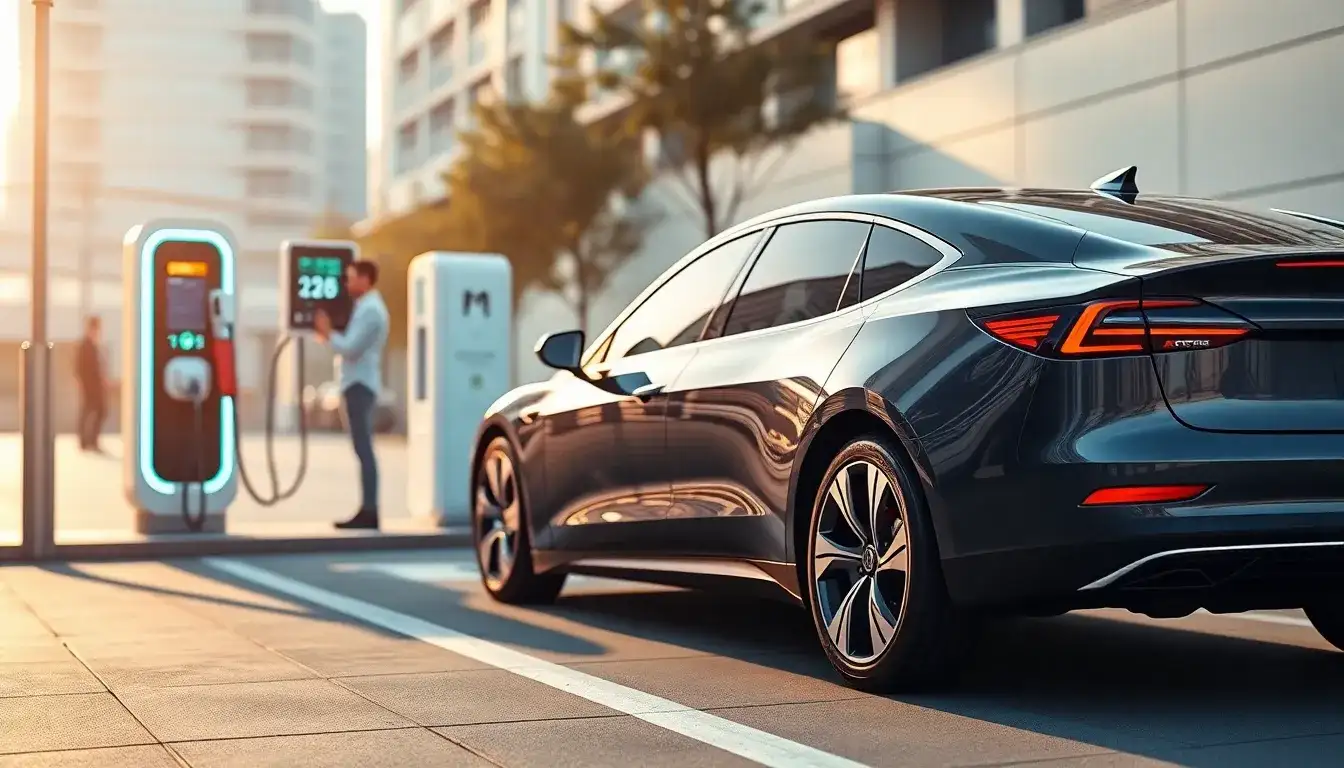
With the rapid proliferation of electric vehicles, the efficiency of energy replenishment has become a critical bottleneck in the industry’s development. At this pivotal moment, two heavyweight players in China’s new energy sector, BYD and NIO, unveiled their respective breakthroughs in energy replenishment technology on the same day, raising the competitive bar for electric vehicle charging solutions.
BYD introduced its impressive “Megawatt Flash Charging” technology, which significantly boosts charging power to an astonishing 1000 kW, equivalent to 1 megawatt of power output. This technology achieves an unprecedented charging rate of 10C, allowing vehicles to gain an additional 400 kilometers of driving range with just a 5-minute charging session.
However, such extreme performance comes with technical challenges. Just as a sprinter requires exceptional physical strength to support their explosive speed, this rapid charging imposes stringent demands on battery systems. Experts in the field indicate that in laboratory conditions, batteries subjected to 5C ultra-fast charging show a 25% decline in capacity after 800 cycles, raising concerns about the implications of 10C flash charging. Additionally, the single-unit demand for 1000 kW poses higher requirements for grid capacity and thermal management systems. BYD’s solution involves innovative silicon-carbon anode materials, solid-state electrolyte technology, and a fourth-generation intelligent thermal control system, while still advising users to primarily utilize slow charging and reserve flash charging for emergencies.
On the same day that BYD revealed its flash charging technology, NIO announced a significant strategic partnership with battery giant CATL. According to the agreement, CATL will invest up to 2.5 billion yuan to collaborate with NIO in building a battery swap network. This partnership marks an important shift for NIO, moving from solitary efforts to an approach focused on open collaboration. NIO’s founder, Li Bin, expressed hopes that this cooperation will foster industry-wide development and position battery swapping as the optimal solution for enhancing user experience.
The advantages of the battery swapping model are compelling. The entire energy replenishment process can be completed in just 3-5 minutes, offering an experience that closely resembles refueling traditional gasoline vehicles. More importantly, users need not worry about battery degradation and can benefit from ongoing advancements in battery technology. However, the battery swapping model demands substantial upfront investments, with the construction cost of a single station reaching approximately 3 million yuan, not to mention the subsequent operating and maintenance expenses. NIO has already invested over 6 billion yuan in building more than 3,000 battery swap stations, primarily serving its own models, limiting the potential for economies of scale. This partnership with CATL is undoubtedly aimed at overcoming this challenge.
This competition between flash charging and battery swapping reflects a profound clash of business philosophies. BYD opts for breakthroughs based on existing charging infrastructure, leveraging its vertically integrated supply chain to pursue gradual technological improvements. In contrast, NIO seeks to reconstruct the entire energy replenishment system, aiming for disruptive innovation through the establishment of a differentiated competitive advantage and an open ecosystem.
From a consumer perspective, both solutions have unique features. Flash charging technology is more compatible with current electric vehicles, and the construction of charging stations is relatively straightforward, making it easier for users to adapt their habits. On the other hand, battery swapping offers an almost perfect energy replenishment experience, minimizing time spent and alleviating concerns about battery degradation, potentially even lowering the barriers to vehicle ownership through a separation of vehicle and battery.
It is important to note that these two technological paths are not entirely opposed. In future developments, we may witness the emergence of a hybrid model combining supercharging and battery swapping, providing differentiated solutions tailored to various usage scenarios.
The technical showdown between BYD and NIO transcends mere corporate competition. It signifies China’s autonomous innovation capabilities in key technological domains within the new energy vehicle sector and suggests potential directions for future industry development. Regardless of which solution ultimately prevails, the greatest beneficiaries will undoubtedly be consumers.







